
On February 11, Iran “celebrated” the forty-third anniversary of the 1979 Islamic Revolution that marked the beginning of everything we associate with the country today: religious fanaticism, terrorism, brutal suppression of women and religious minorities, and antisemitic and anti-American violence. I guess for some, that’s cause to celebrate.
Of all the ironies inherent in the theocratic regime, including the laughable fact that Iran was recently elected to the United Nations’ Commission on the Status of Women, the most ironic is this: For 43 years, the mullahs have bragged that their oppressive theocratic system is most authentic to the Iranian historical, religious and ethnic experience. Simply put, they act as if they’ve been around for a long, long time, and their way is the only right way.
But any Iranian, whether in Tehran or Toronto, knows that at 43 years, the regime is a mere blip in a millennia-old Persian timeline rife with monarchs and dynasties, and none of them dared to intertwine religion and state to the level that the current regime has undertaken. The first Persian empire was founded by Cyrus the Great in 550 B.C. From that historical lens, four decades is like five minutes. Often, it seems like the regime is like a stubborn pimple on what is otherwise a mostly pleasant face.
The regime has only existed for a few decades, but there’s one problem, and it’s a big one: Over 60 percent of Iran’s 80 million people are under 30. That means that none of them has a frame of reference for how much life was better before 1979. They can imagine it, but the fact remains that they’ve never lived it. For example, tens of millions of Iranian women were literally born into the hijab, or mandatory headscarf, after the revolution. For them, there is no reminiscing about the “good, old days” before mandatory Islamic dress codes.
For Western leaders seeking major changes in Iran, tens of millions of people under 30 is a critical strategic asset, as it means a younger, more progressive population. But it also means an entire generation that has never experienced the social freedoms before the revolution.
That’s not to say that life was always easy in pre-revolutionary Iran, or that the late Shah, Mohammad Reza Pahlavi, didn’t target many Iranians whom he deemed enemies. But in terms of sheer quality of life, the differences between pre-and-post revolutionary Iran are incomparable. It’s like comparing a breakfast buffet at the Ritz-Carlton to a defrosted sausage and egg sandwich at a gas station. How’s this for reference: Pre-revolutionary Iran enjoyed a brilliant female Minister of Education, Dr. Farrokhroo Parsa, who was an esteemed physician, women’s rights advocate and the first female cabinet minister in Iranian history. Three months after the revolution, she was executed by a firing squad in May 1980. Did I mention she was the Minister of Education?
And before the revolution, one U.S. dollar was equivalent to roughly 70 Iranian rial. In 2020, it traded at more than 200,000 rial. We can’t imagine how expensive it is to buy everything from diapers to a single avocado in Iran today.
Ever since Israel blessedly destroyed Saddam Hussein’s unfinished nuclear reactor in 1981 (and did it again in 2007 by destroying Syria’s nuclear site), there’s been one question on everyone’s mind: Will Israel destroy Tehran’s nuclear capabilities as well? Year after year, Israeli leaders affirm that all options are on the table.
But as we fight on the nuclear front against the mullahs, I’d like to see Israeli or American leaders target another type of Iranian citizen: Anyone in possession of nails, hammers, masking tape and good running shoes. Let me explain.
Millions of Iranians need daily, if not hourly, reminders of how life used to be.
Millions of Iranians need daily, if not hourly, reminders of how life used to be. That’s why the West needs to find a way to bombard Iran with any and all images, especially physical ones such as actual photos and posters, of pre-revolutionary life. Imagine entering the street in the early morning hours and seeing a giant poster affixed to the main entrance at Tehran University that shows a real picture of miniskirt-clad students holding books at the very same space in 1971? Or walking past a sidewalk cafe and seeing cut-outs of a pre-revolutionary couple holding hands and seated at a table? Or even better, incessant holograms of pre-revolutionary Iranians — hijab-less female soccer players or men dancing with women — on the sides of buildings all over Iran. The regime would have a field day pulling everything down, only to see more spring up in its place the next day.
Yes, millions of Iranians use search engines and Instagram (YouTube is nearly impossible to access) and can search for pre-revolutionary images, but it’s not the same. Staring at an image of a miniskirt-clad Iranian woman from the 1970s on your phone isn’t the same as seeing a hologram of her sitting on a park bench, next to an actual little girl in a mandatory headscarf. I’d love to see that illegal hologram on the outer walls of prisons and detainment centers. Of course, everything would have to be set up quickly in the dark of night. Hence, the running shoes.
Who would carry out such a task? That’s the hard part. I don’t want innocent Iranians arrested or tortured. It’s effortless for me to suggest dangerous ideas from 7,500 miles away. If only something automated could do the job. Surely, the West knows a way to bombard a country with images before it has to resort to bombs. Didn’t we win the Cold War partly through exceptional public diplomacy?
There’s nothing like seeing how people used to live in your own country. The change won’t be quick. But year after year of seeing how good things could be will have a huge impact, like droplets that erode a stubborn stone.
The people of Iran are sophisticated and they love to travel. Yes, they know what life is like in freer countries, including neighboring ones (bar hopping in Dubai, anyone?). But there’s nothing like seeing how people used to live in your own country. The change won’t be quick. But year after year of seeing how good things could be will have a huge impact, like droplets that erode a stubborn stone.
Do millions of suffering Iranians already know how bad they have it? Of course. Is it cruel to incessantly remind people about how good life could be? Yes, but it’s even more cruel to allow another generation of Iranians to be crushed by theocrats.
If I was an American leader, I would ask myself: Are Americans safer in a world in which the Iranian regime is celebrating 50 years of theocracy? One hundred years? Two hundred years?
Iranians are intrepid and knowledgeable. But we must never miss an opportunity to remind them how life could be. Hopefully, they will do the rest.
Tabby Refael is a Los Angeles-based writer, speaker and civic action advocate. Follow her on Twitter @RefaelTabby

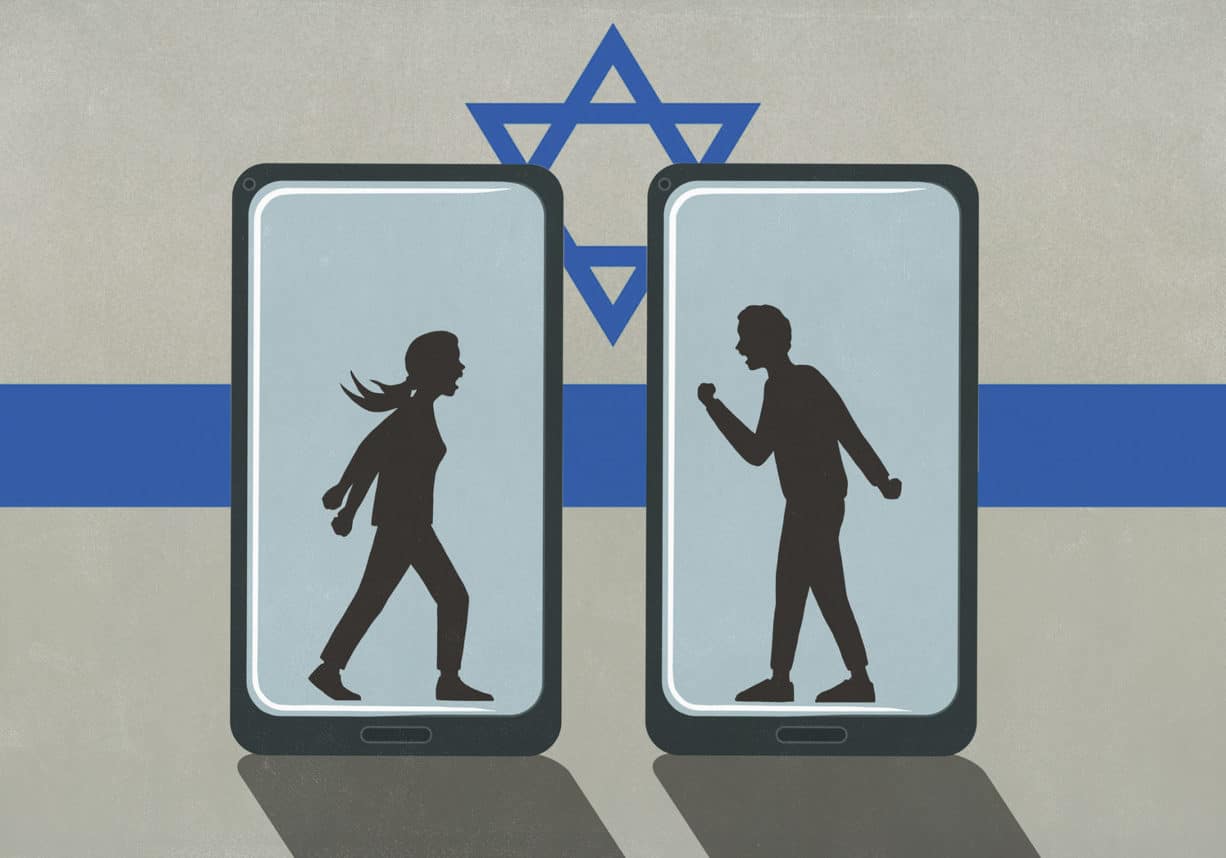


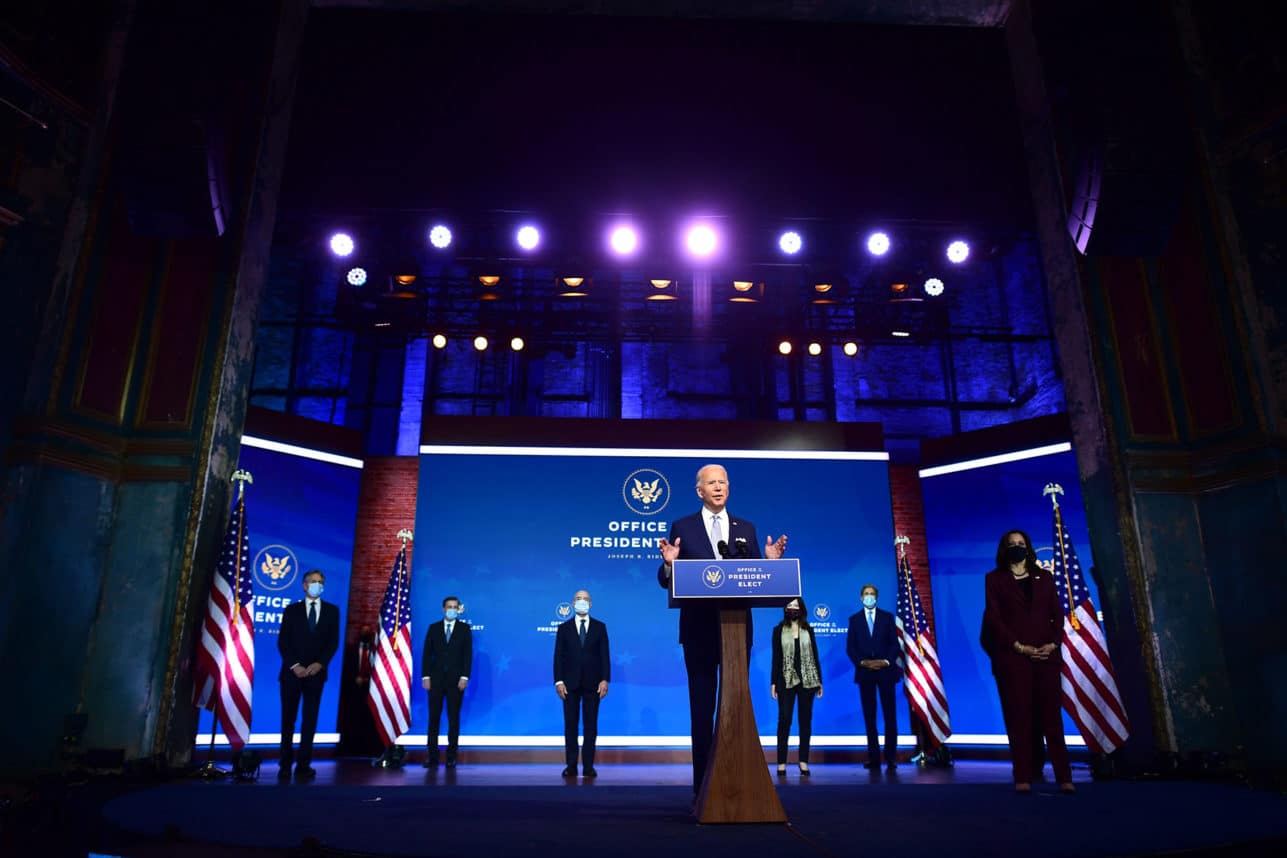





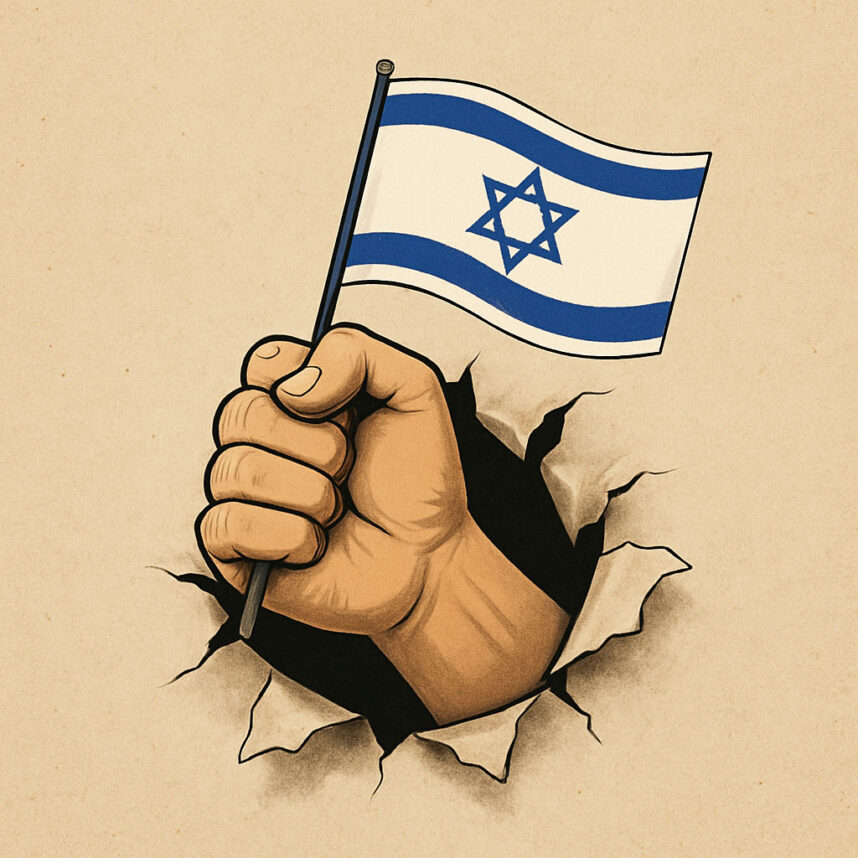

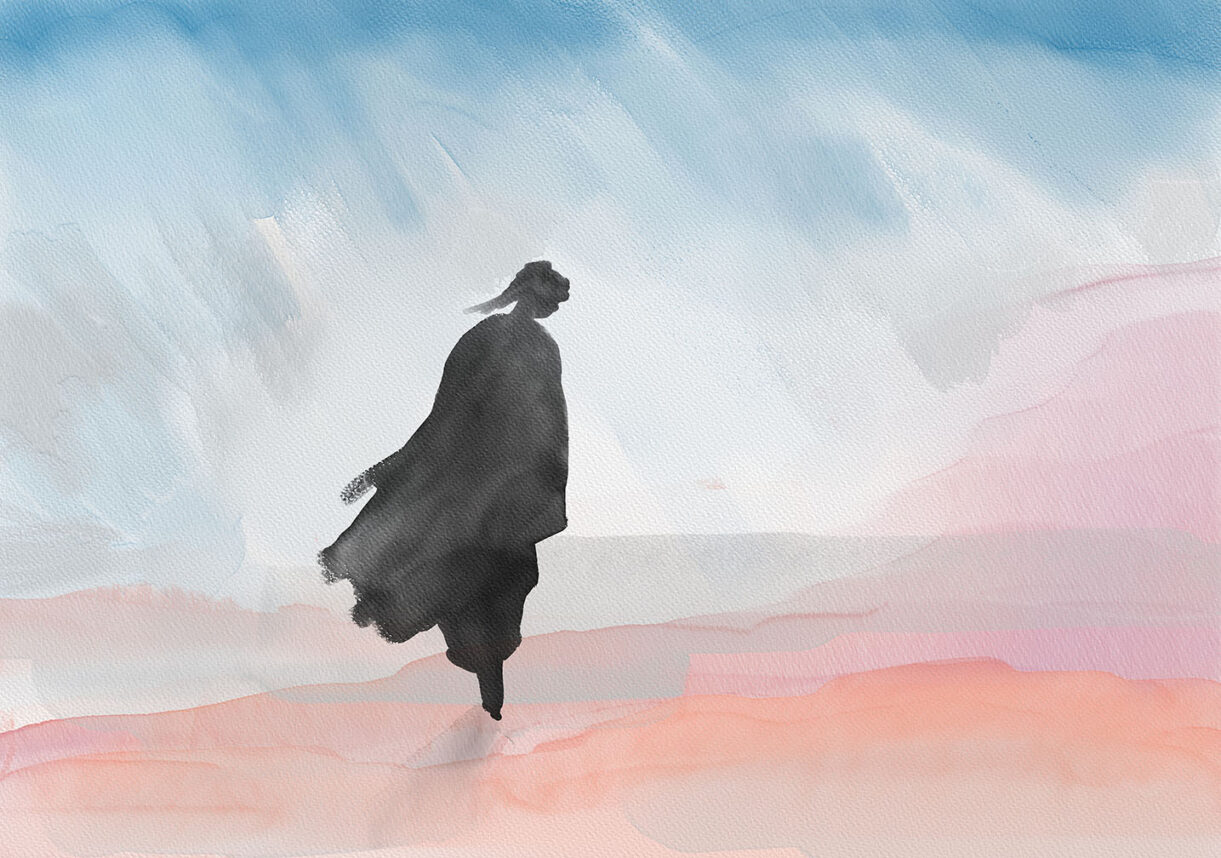


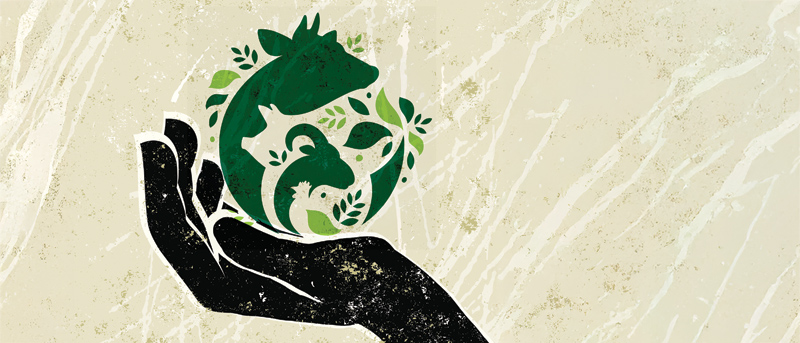
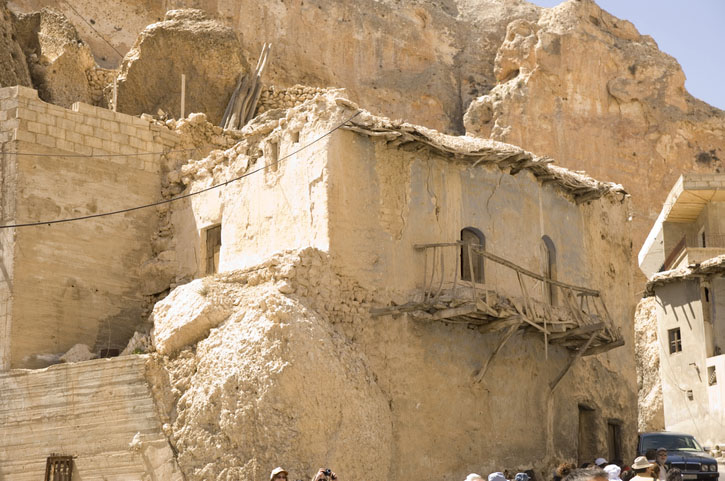







 More news and opinions than at a Shabbat dinner, right in your inbox.
More news and opinions than at a Shabbat dinner, right in your inbox.